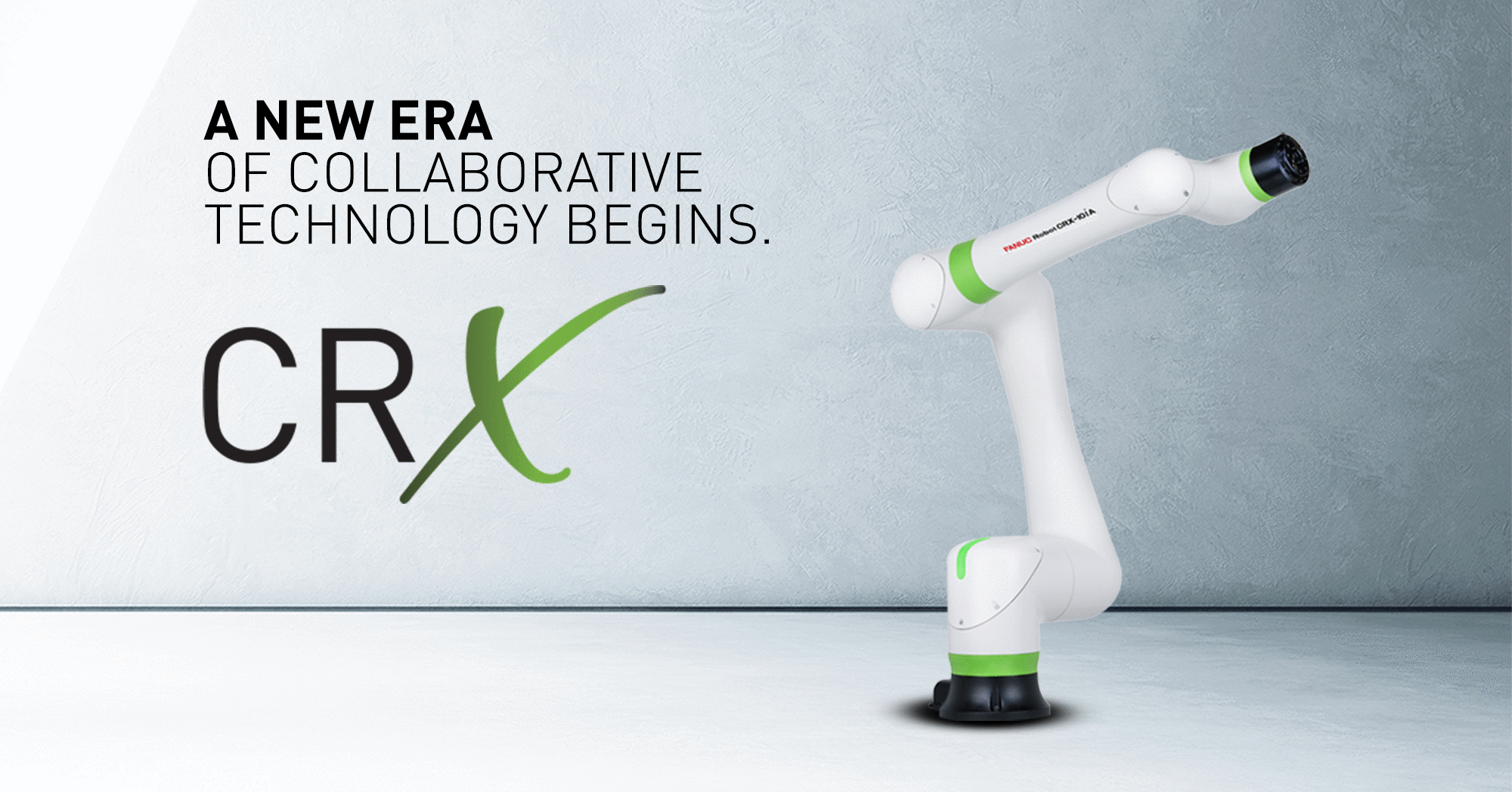

FANUC is one of the world’s leading industrial automation companies. The company has been active since 1956 and currently operates in 109 countries, with a long history in Hungary. FANUC has introduced collaborative robots to the Hungarian market. This is a new category of industrial automation that can be used in many ways. Here, humans and robots can work together safely, side by side, without the need for significant injury prevention measures or equipment. This opens a whole new world of human-robot cooperation.
The main challenge was to direct potential target group members (manufacturing executives, production managers, plant managers) to the FANUC communication platform, motivate them to view the information material and ultimately get them to request a quote.

LinkedIn communication seemed to be the most effective way to support the robot launch.
In a platform hack, we personified the FANUC CRX collaborative robot. In this way, we were able to further confirm that this robot takes human-robot collaboration to a new level and build attention-grabbing communication. First, we created a first-person LinkedIn page for the robot, introducing it as a job seeker with 40-year professional experience (thus referring to FANUC’s decades of professional background, and providing a mirror for companies that also expect experience from job seekers, and making the communication even more eye-catching). The points offered by LinkedIn (skills, work experience, etc.) were filled in to focus on the robot’s relevant qualities, and a short first-person introduction ppt was also uploaded, called a ‘Portfolio’.
We then created a shortlist of potential target audiences (heads of domestic manufacturing companies, plant managers, etc.) and started to build the community: using LinkedIn Pro, we sent job application InMail messages on behalf of the robot to members of the target group, and initiated personal contact with the following steps:
In communicating with people, we constantly used call-to-actions: ‘check my LinkedIn page’, ‘ask for more information’, ‘view the introduction’, ‘contact FANUC’. These worked very well.
After a while, the organic contact building started: more and more people followed the robot on their own and we liked them back. Behind this was a conscious design: we formulated the text on the robot’s page to come up as a relevant hit for any searches that members of our target audience might be doing.
The campaign will continue: the next phase is to activate the existing community: we will launch a post-campaign. This will focus on the robot’s key features in LinkedIn posts.
From a pre-screened list of potential target audiences of around 5,000 people, the campaign has so far gathered more than 600 followers and more than 500 acquaintances. They are clearly interested in the robot, as they have given feedback: they are open to information from the robot.
As we have personal data on these people thanks to LinkedIn Pro, the above figures also indicate that we have managed to build a database with a 10-12% success rate.
An important result is that the 90-day profile view rate tends to range between 300 and 500 consistently. This means that this is the number of times the robot’s communication platform (LinkedIn page) has been visited and the information has been viewed in the last period.
In addition, the campaign has already resulted in several specific requests for quotes or sales contacts, as well as a number of positive responses from those contacted congratulating the wit of the campaign.